Mathieu Hebert
Deep Spectral Reflectance and Illuminant Estimation from Self-Interreflections
Dec 09, 2018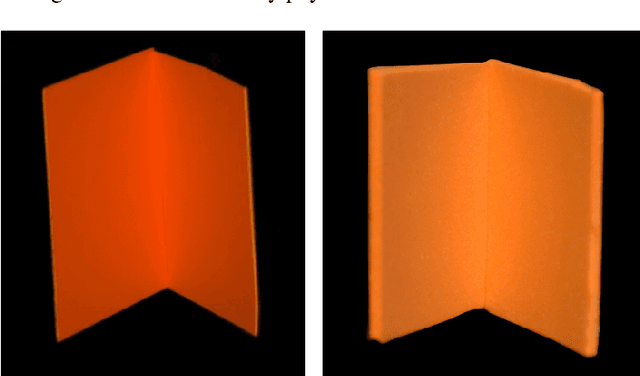
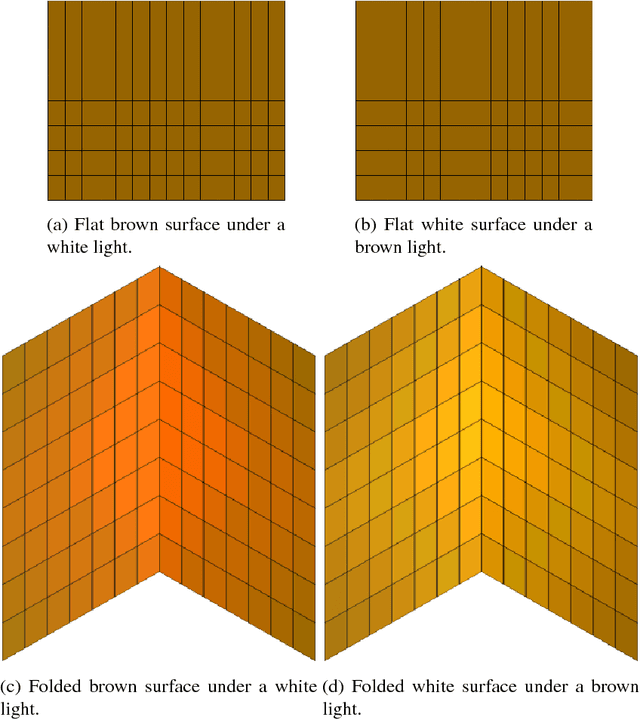
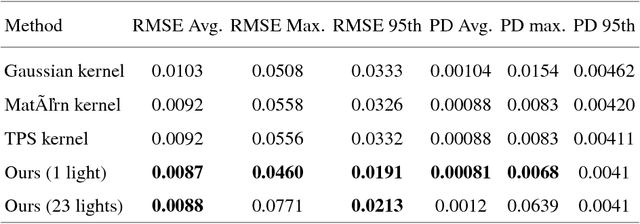
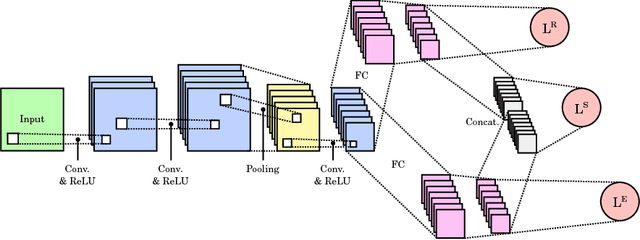
Abstract:In this work, we propose a CNN-based approach to estimate the spectral reflectance of a surface and the spectral power distribution of the light from a single RGB image of a V-shaped surface. Interreflections happening in a concave surface lead to gradients of RGB values over its area. These gradients carry a lot of information concerning the physical properties of the surface and the illuminant. Our network is trained with only simulated data constructed using a physics-based interreflection model. Coupling interreflection effects with deep learning helps to retrieve the spectral reflectance under an unknown light and to estimate the spectral power distribution of this light as well. In addition, it is more robust to the presence of image noise than the classical approaches. Our results show that the proposed approach outperforms the state of the art learning-based approaches on simulated data. In addition, it gives better results on real data compared to other interreflection-based approaches.
Spectral reflectance estimation from one RGB image using self-interreflections in a concave object
Mar 05, 2018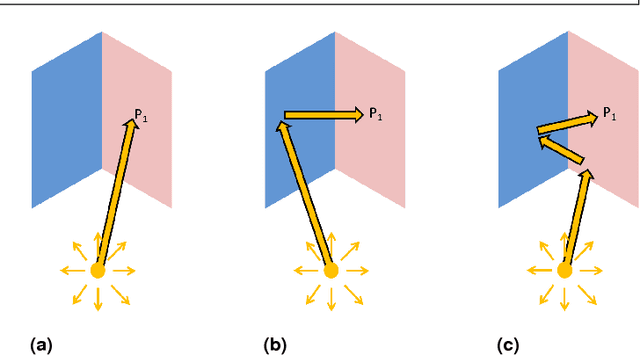

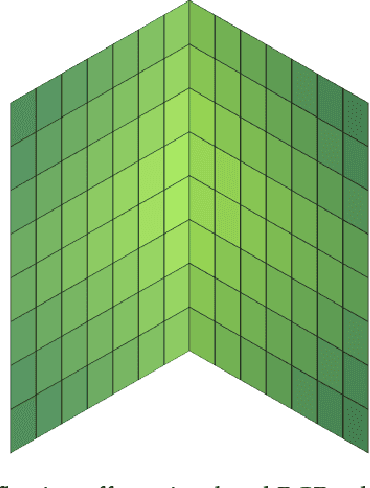
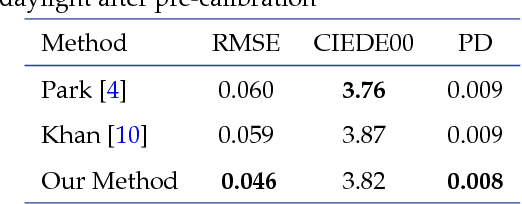
Abstract:Light interreflections occurring in a concave object generate a color gradient which is characteristic of the object's spectral reflectance. In this paper, we use this property in order to estimate the spectral reflectance of matte, uniformly colored, V-shaped surfaces from a single RGB image taken under directional lighting. First, simulations show that using one image of the concave object is equivalent to, and can even outperform, the state of the art approaches based on three images taken under three lightings with different colors. Experiments on real images of folded papers were performed under unmeasured direct sunlight. The results show that our interreflection-based approach outperforms existing approaches even when the latter are improved by a calibration step. The mathematical solution for the interreflection equation and the effect of surface parameters on the performance of the method are also discussed in this paper.
 Add to Chrome
Add to Chrome Add to Firefox
Add to Firefox Add to Edge
Add to Edge